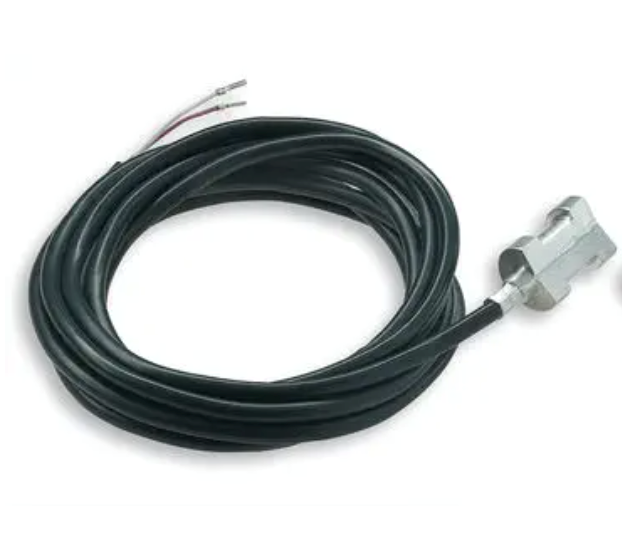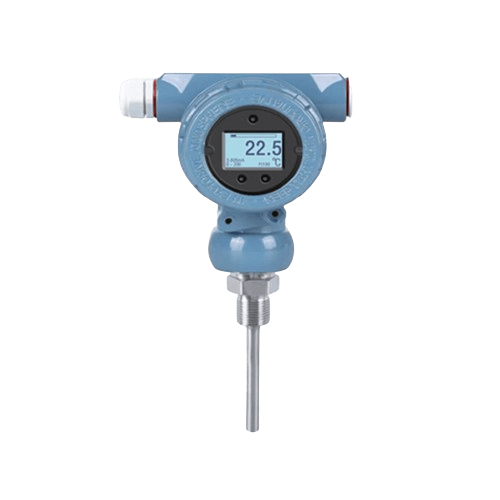Temperature sensors for PV Solar panels Details
MINCO products are made with fine precision, latest automation, and by qualified professionals. They are tested and certified as per leading industry standards. We aim to improve the future, therefore we adapt our extensive experience gained in various sectors for use in the solar energy industry.
Temperature sensors play a crucial role in monitoring the performance and efficiency of photovoltaic (PV) solar panels. The operating temperature of solar panels directly affects their efficiency and output power. By integrating temperature sensors into PV systems, operators can gather real-time data on panel temperatures, enabling them to optimize system performance, prevent overheating, and ensure the longevity of the panels.
Here’s a detailed breakdown of how temperature sensors are utilized in PV solar panel systems:
Temperature-Dependent Efficiency: The efficiency of solar panels decreases as their temperature rises. This phenomenon, known as the temperature coefficient, typically results in a decrease in power output of around 0.5% per degree Celsius increase in temperature for crystalline silicon solar panels. Temperature sensors help monitor panel temperatures to assess this efficiency loss accurately.
Thermal Management: Overheating can significantly reduce the lifespan of solar panels and lead to performance degradation. Temperature sensors provide crucial feedback for implementing thermal management strategies such as passive ventilation, active cooling systems, or tilting mechanisms to improve airflow and reduce panel temperatures.
Fault Detection: Abnormal temperature readings can indicate potential faults or malfunctions within the solar panel system, such as failed bypass diodes, damaged cells, or poor connections. Early detection of these issues through temperature monitoring can prevent further damage and downtime, improving system reliability.
Overall, temperature sensors are indispensable components of PV solar panel systems, providing valuable data for performance monitoring, thermal management, fault detection, and predictive maintenance. By leveraging temperature sensor technology, operators can maximize the efficiency, reliability, and longevity of their solar energy systems.








